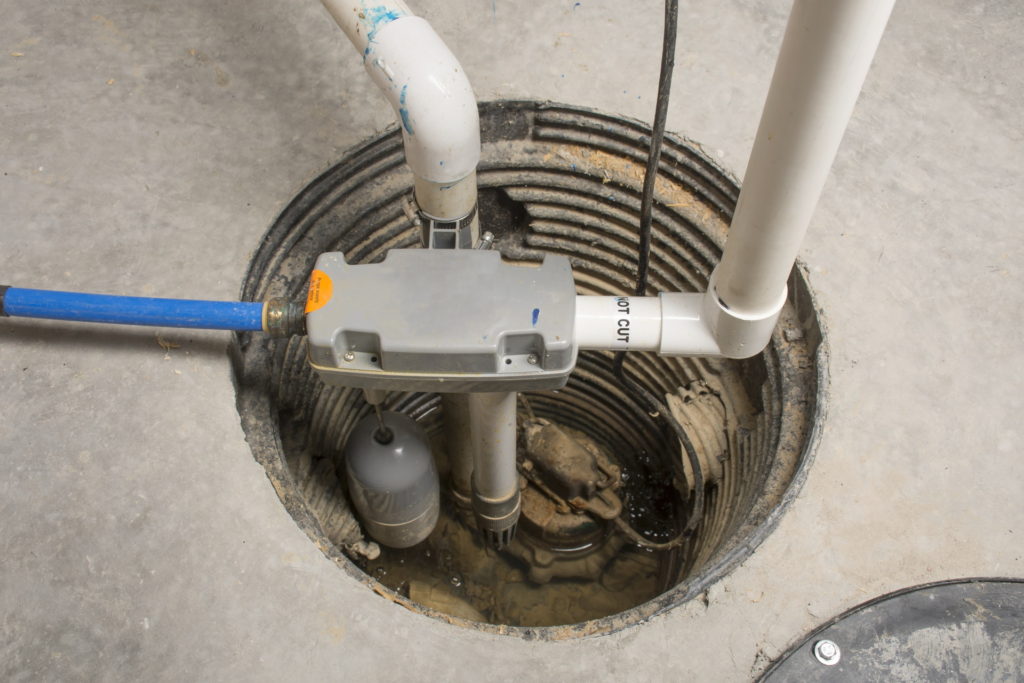The most realistic and successful method for draining the water from your St. Louis basement area is to utilize a sump pump. There are many varieties of sump pumps. The best sump pumps have a sealed lid and pump water to the exterior, straight into a freeze stop, and then to a 4″ pipe out into the lawn or another area where the water can be dispersed without causing further problems.
The 4 Most Important Features In A Sump Pump
Many people still believe that a sump pump is an open pit in a basement that holds stale water and creates a musty smell. The sump pumps of today are much different than the pumps used in the past. A sump pump consists of several key parts; understanding how they work and knowing what to look for will help you in making sure you get the best sump pump for your money. The following are the four most important features to look at when selecting a sump pump:
1. Liner
The liner is the housing of the sub-floor housing unit. The liner should have perforations from top to bottom and solid construction at the bottom. There should be a raised bottom to allow the pump to stand off the bottom of the liner itself. The liner should be large enough to allow installation of two pumps.
2. Horsepower
Sump pumps come in a variety of styles and are diversified by horsepower (HP). Most waterproofing sump pumps come in 1/3, 1/2, and 3/4 HP models. These pumps should be adaptable to 1/2″ PVC pipe for ease of installation. The 1/2″ PVC is more than sufficient to handle large amounts of water in a de-watering situation. The 1/2 HP model is the best for normal use in most basement applications.
I always recommend the 1/2 HP over the 1/3 HP; most 1/2 HP pumps will move approximately 3,600 gallons per hour (dependent on the lift to the discharge exit point).
3. Piggy-back Switch
It’s important to have a little more capacity when installing the primary pump. I always suggest having a piggyback float switch where the primary motor of the pump can be plugged directly into the wall and the float switch can be bypassed. The most common way for a pump to fail involves the float switch. The piggyback float switch is a great alternative to avoid a problem if the float doesn’t work properly. Make sure you have a piggyback float switch whenever you buy a sump pump for a basement waterproofing system.
4. Battery Backup
The ideal sump system should have two pumps and a battery backup system. It’s important to have a battery backup in the event of an emergency situation. Power outages occur during storms, particularly when it is raining. If the power to the sump pump goes out during this time, you may suffer a wet basement. Battery backups are designed to help get you safely through the outage for a short period of time. It’s smart to get a battery backup system that has a good battery life (around 9 hours) and that has a trickle charger. Most battery backups will not run for a continuous 9 hours, so it’s good to have a trickle charger that will charge the battery when the pump isn’t pumping.
The best form of backup is a direct generator for the sump pump or the whole house that automatically turns on when the power goes out. However, if a generator is not practical in your situation or too expensive, a battery backup system is a great alternative.
*Kent Foundation Repair only offers Basement Waterproofing at our St. Louis service area.

